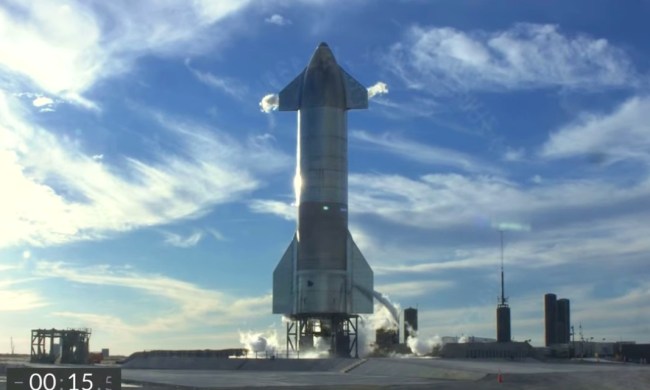There’s a strange type of neutron star called a magnetar; rarely spotted and only vaguely understood. To date, only 30 of these objects have been discovered, but recently a 31st was identified — and it turns out to be even more unusual than its brethren.
A neutron star is incredibly dense, similar to a black hole, and is created when an enormous star collapses and dies. There are several thousand known neutron stars in our galaxy, and they are often used to study distant galaxies as well. But there is a special, rare type of neutron star called a magnetar that has a tremendously powerful magnetic field.
Magnetic field strength is measure in a unit called Gauss, where Earth’s magnetic field is around one Gauss. Magnetars, on the other hand, have a magnetic field strength of around a million billion Gauss. For reference, NASA says that’s a field strong enough to wipe every credit card on Earth from around 40,000 miles away. That means magnetars have the strongest magnetic fields in the known universe.
Now, astronomers using the Chandra X-Ray Observatory have discovered more details about one of these strange objects which was discovered in Mars 2020. Magnetar J1818.0-1607 is both the youngest known magnetar, at only 500 years old, and is also spinning faster than any magnetar discovered before, rotating every 1.4 seconds. It is shown in the composite image below:

“This composite image contains a wide field of view in the infrared from two NASA missions, the Spitzer Space Telescope and the Wide-Field Infrared Survey Explorer (WISE), taken before the magnetar’s discovery,” NASA explained in a post. “X-rays from Chandra show the magnetar in purple. The magnetar is located close to the plane of the Milky Way galaxy at a distance of about 21,000 light-years from Earth.”
One puzzle about this spinning magnetic monster is what created it. As the magnetar is young, it would be expected that there would be observable remnants of the supernova explosion which created it when the star died. And some debris has been found, although it’s located further away from the magnetar than would be expected. To get from the debris to its current position, the magnetar would have had to travel much faster than any other neutron star, so exactly what occurred in this region still needs to be puzzled out.
The findings will be published in the Astrophysical Journal Letters and are available to view on pre-publication archive arXiv.



